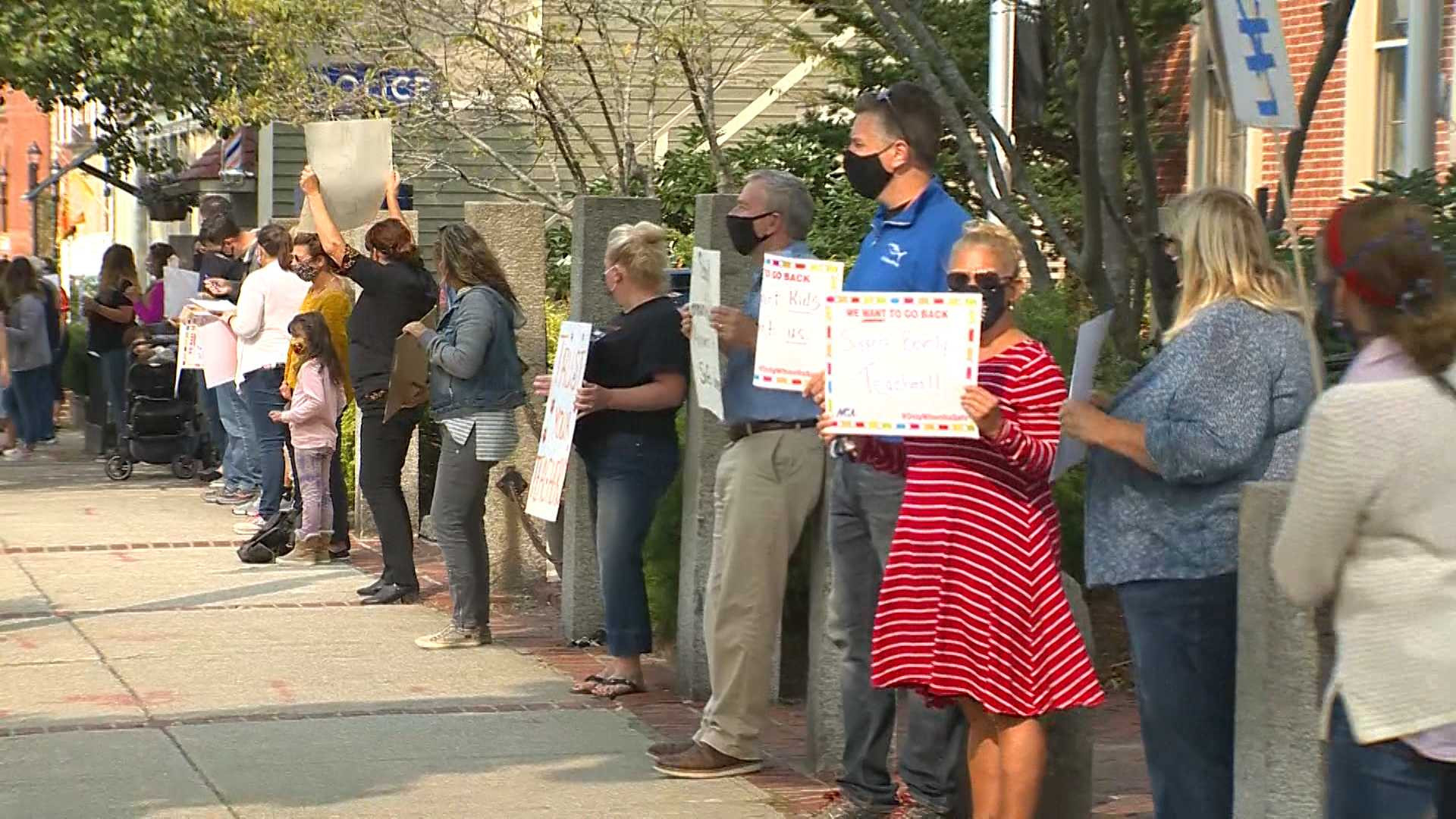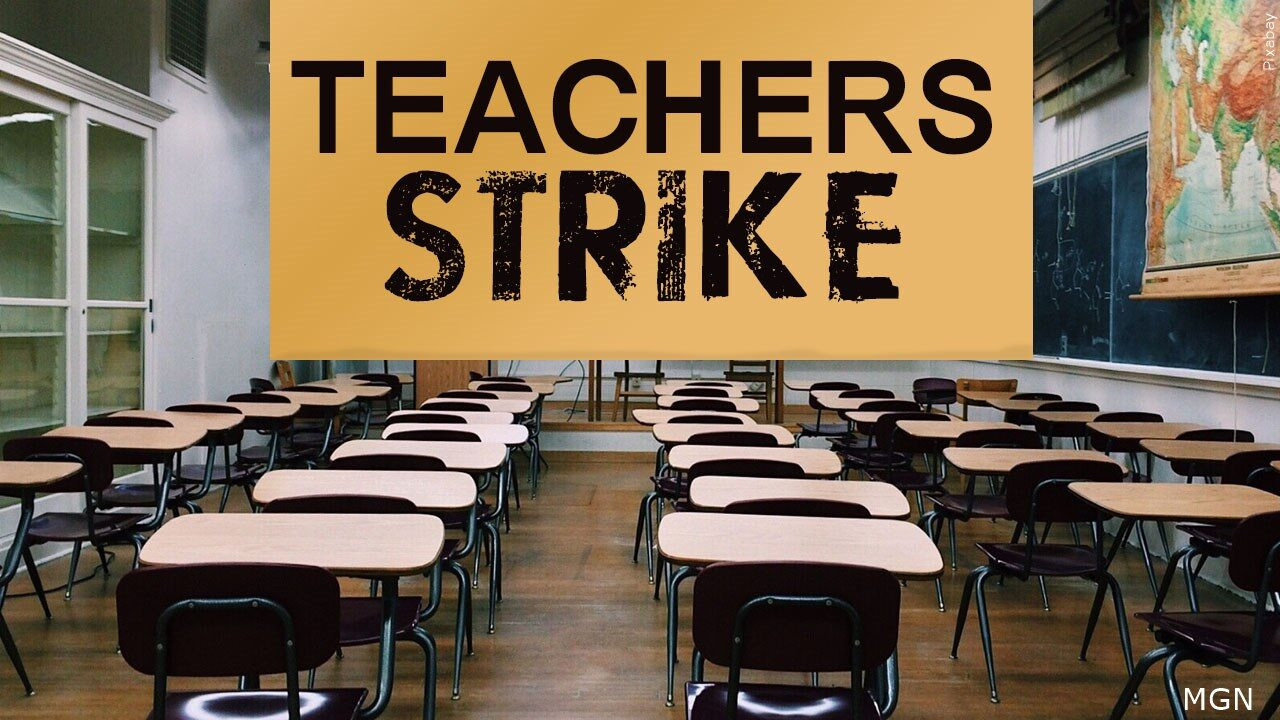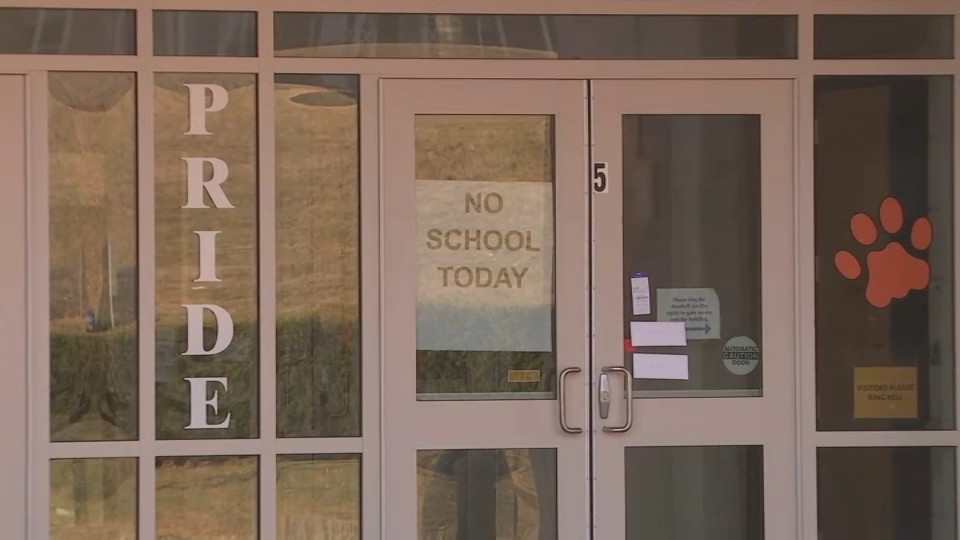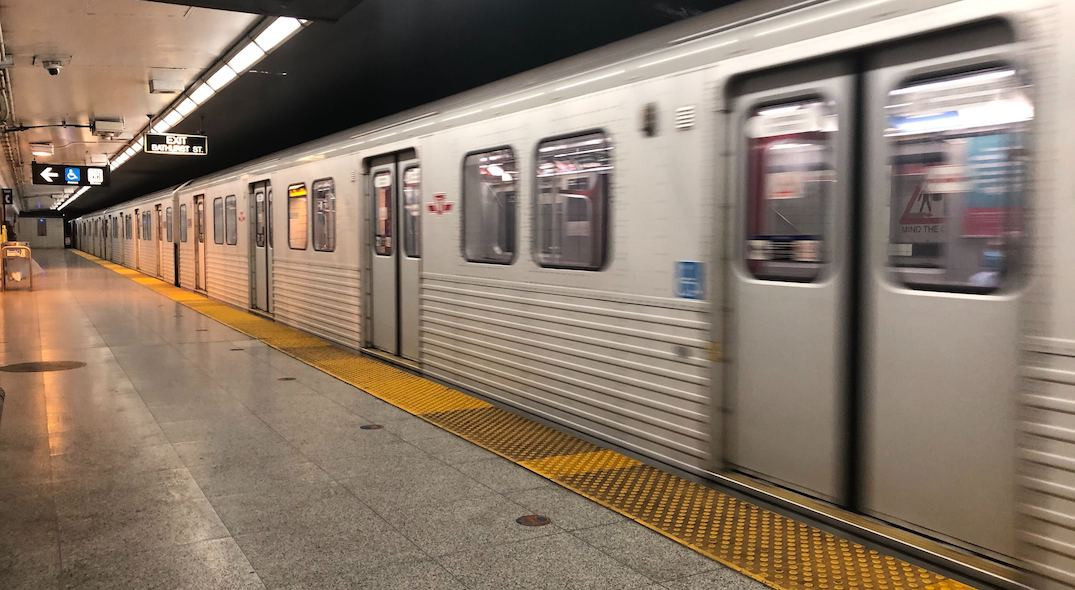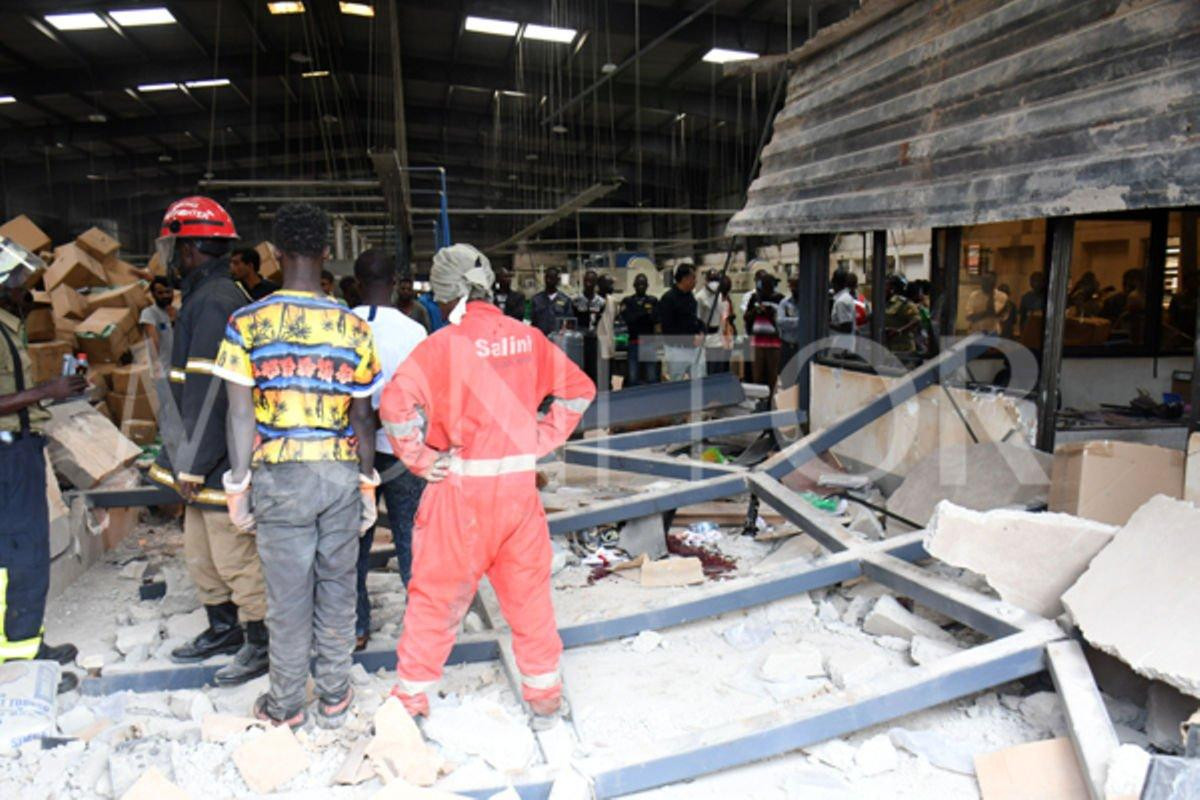Beverly Teachers' Strike Concludes: A Costly Resolution and Lingering Divisions
The twelve-day Beverly teachers' strike, the longest in Massachusetts state history, concluded last week, leaving behind a complex legacy of both resolution and division. While students are back in classrooms, the financial and social impact of the strike continues to reverberate through the community. Mayor Michael Cahill described the situation as “divisive,” a sentiment echoed by many residents grappling with the consequences of the extended walkout.
The Financial Fallout: A $60,000 Discrepancy and Budgetary Concerns
The final contract, while hailed by Mayor Cahill as “strong and responsible,” added approximately $60,000 to the city’s initial offer from August. This increase, while seemingly modest compared to the overall budget, raises concerns about the long-term fiscal implications. The mayor stressed that the agreement “invests heavily in our educators while keeping our city on solid financial footing,” and highlighted the significant additional school funding approved by the City Council – a substantial $5.6 million increase to the current budget year. However, questions remain about the impact on other city services and potential increases in property taxes. One resident, writing a letter to the editor of the Salem News, voiced concern about the impact on “other city employees and city services to all residents, as well as the impact on property owners’ taxes.”
The August Offer: A Historic Proposal
Mayor Cahill's statements paint a picture of extensive negotiations. He emphasized the substantial nature of the initial offer, calling it “the largest three-year contract in our city’s history”. This proposal, he said, resulted from the school committee's attention to educators’ concerns and their unanimous agreement on the need for substantial pay increases. The sheer scale of the initial $5.6 million budget increase underscores the seriousness of the negotiations and the district's commitment, at least initially, to meeting teacher demands.
Beyond the Dollars: Unresolved Issues and the Human Cost of the Strike
While the financial aspects of the contract are significant, they don't encompass the full picture of the strike's impact. Several key issues remained unresolved, even after the agreement. These include paid leave, educator preparation time, and the length of the teacher workday and student school day. Mayor Cahill acknowledged that these issues “could and would have been bargained and settled while our children’s education continued uninterrupted,” hinting at a potential path to avoid the lengthy strike. The fact that these crucial issues were left unsettled speaks volumes about the complex dynamics and perhaps the missed opportunities for earlier resolution. The prolonged strike had an undeniable human cost, not only for the striking teachers but also for students who missed valuable instructional time and the wider community burdened by disruption.
The Emotional Toll: Division and the Path Forward
The mayor openly acknowledged the divisive nature of the strike, emphasizing the need for grace and compassion on all sides. This call for unity is a crucial step towards healing the divisions within the community and fostering a collaborative environment for future negotiations. It suggests a recognition that lasting resolutions require addressing the underlying tensions that fuel conflicts, emphasizing the human element and the shared goals of educators and the broader community. The mayor's statement underlines the importance of reconciliation and the need to focus on the positive future of the city's schools and community. He stated that, “The best we can do now is extend each other grace and compassion, recognize the humanity in each other, and together build stronger schools and a healthier community.”
Looking Ahead: Lessons Learned and the Future of Education in Beverly
The Beverly teachers’ strike serves as a significant case study in labor relations and the challenges of balancing the needs of educators with the financial realities of a municipality. The protracted nature of the conflict underscores the urgency of finding more effective mechanisms for resolving disputes, prioritizing the educational needs of students and mitigating the negative societal consequences of extended strikes. Ultimately, the success of the settlement will be measured not just by the numbers in the contract but by the ability of the city and its educators to collaboratively build a thriving educational system for years to come. This will necessitate a commitment to open communication, mutual respect and a focus on ensuring that Beverly's students receive the high-quality education they deserve.
The prolonged strike highlights the need for sustained dialogue, improved communication, and a more collaborative approach to contract negotiations. The experience serves as a cautionary tale, emphasizing the importance of proactive conflict resolution, the need for transparent communication between stakeholders and the significant costs — both financial and social — associated with protracted disputes. It’s critical for the city to learn from the strike, making improvements to future contract negotiations to avoid a similar impasse in the future. The focus should be on strengthening trust, fostering respectful communication, and establishing shared goals between the school district, teachers, and the community to ensure a stable and supportive educational environment for all. The future of Beverly's education depends on this collective effort.
The settlement offers a temporary resolution, but true success lies in fostering long-term collaboration and preventing future disruptions. By understanding the underlying causes of the strike, and learning from the experience, Beverly can work towards building a stronger, more collaborative relationship between educators and the community. The lessons learned from this challenging experience must inform future decision-making, leading to a more sustainable and equitable educational system for all. For Beverly, the road ahead requires a concerted effort to bridge the divisions created by the strike and to build trust and collaboration for the benefit of all students.




